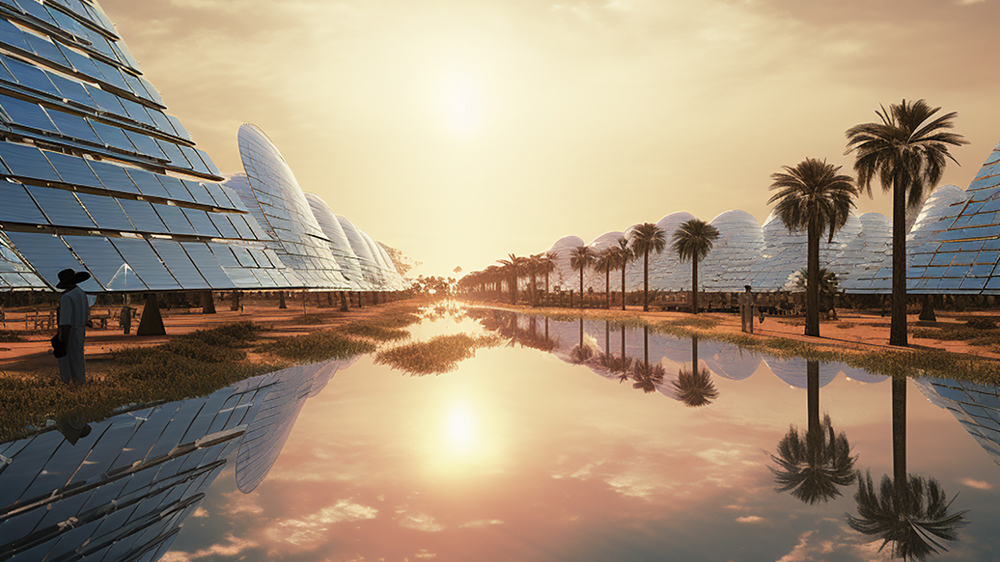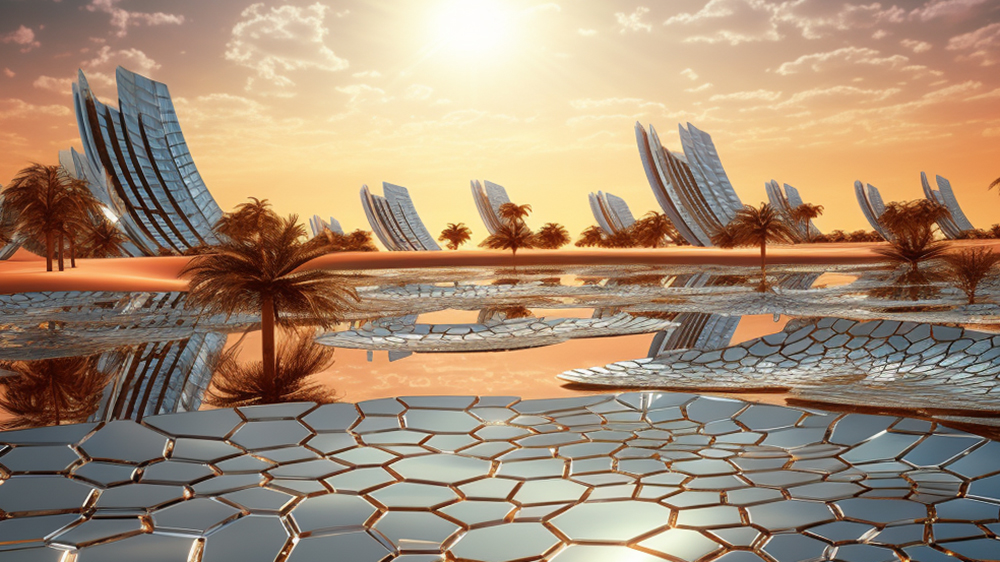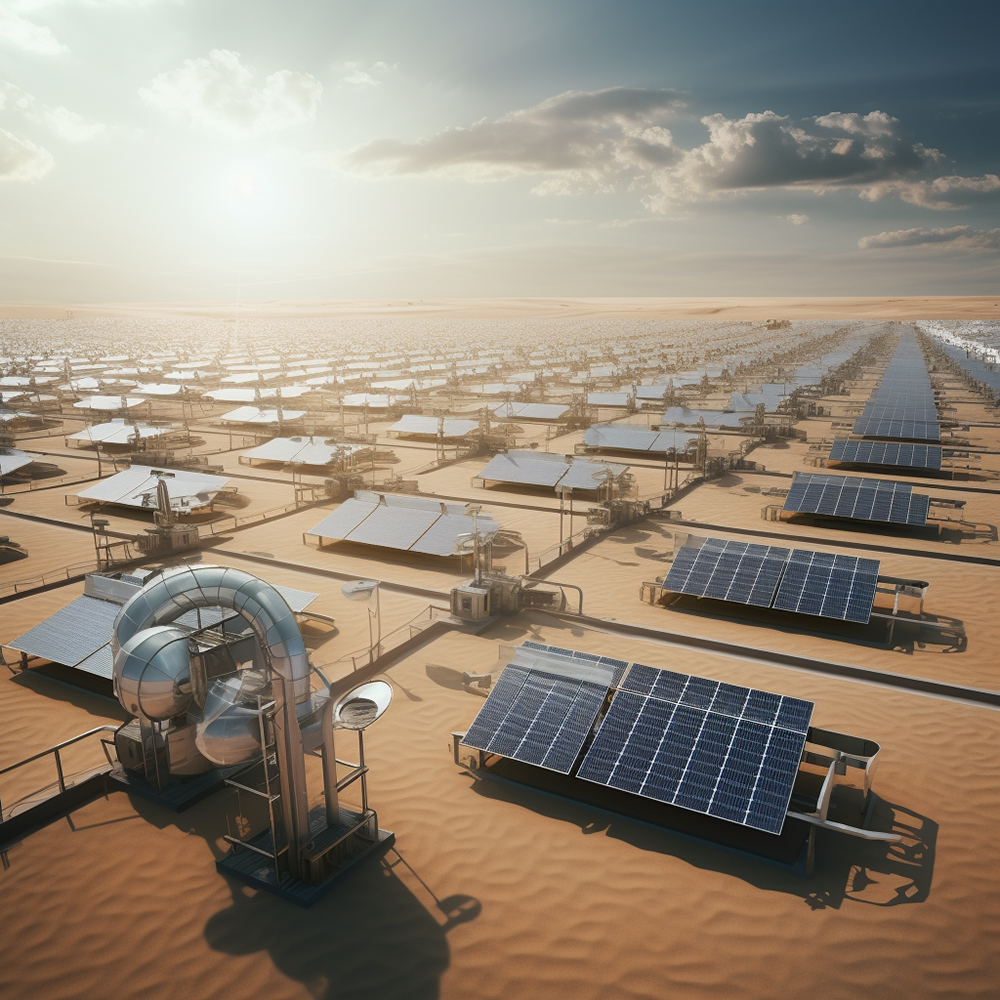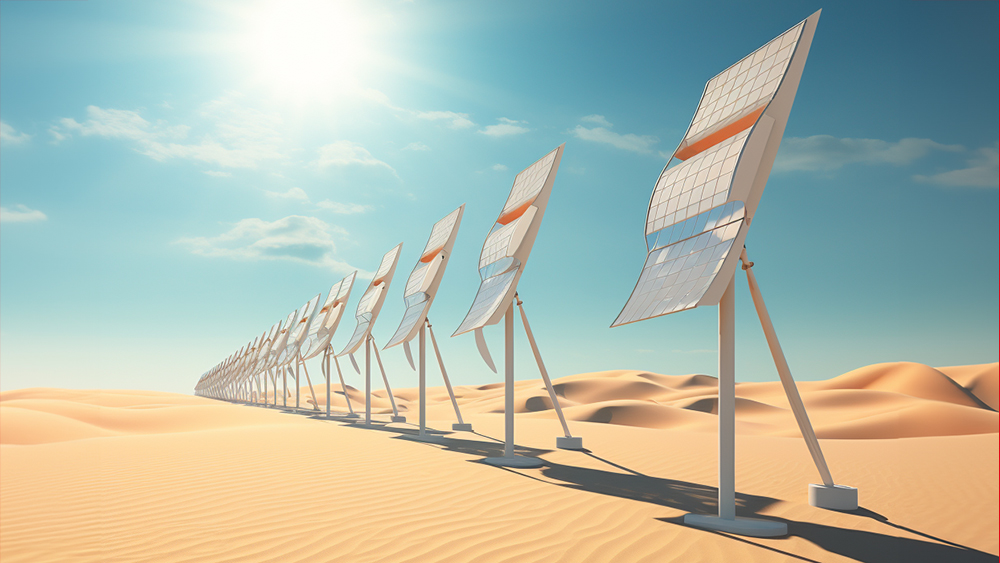
Like other countries of the MENA region, Qatar is a sunny place with over 4300 hours of sunlight per year. To understand how much this is, just compare: New York gets about 2540 hours of sun yearly, Barcelona — 2530 hours, Moscow — 1730 hours, London — 1670 hours. In recent years, Qatar has taken significant steps towards diversification of its energy sources to reduce its carbon emissions. The government targets 20% of its electricity being generated from renewable sources by 2030, and a carbon zero footprint by 2050. And solar energy seems to be one of the solutions. Here’re initiatives implemented by Qatar.
Good intentions
In 2008, Qatar National Vision 2030 was approved by the General Secretariat For Development Planning. Under the reign of HH the Emir, Sheikh Hamad bin Khalifa Al-Thani, the country proclaimed the necessity to think about future generations, suggesting the so-called “intergenerational justice” formula: “Sustainable development is a process that seeks to meet the needs of the present generation without compromising the ability of future generations to meet their needs”.

This idea dwells upon wise use of resources. As of January 1, 2023 Qatar remains the 6th largest holder of crude oil in the Middle East region, and 14th largest in the world. According to U.S. Energy Information Administration, in 2021 Qatar’s total primary energy consumption was shared between natural gas (75%) and petroleum (25%), leaving less than 1% for renewable energy sources. This data shows how ambitious Qatar National Vision 2030 is — today the country depends heavily on oil. However, a number of steps are being made to make a change.
Leap of power
October 2022 has started a new chapter for energy in Qatar, with the completion of the Al Kharsaah solar power plant. Located 80 km west Qatar’s capital, Doha, the Al Kharsaah Solar PV Independent Power Producer (IPP) project is the country’s first large-scale solar power plant and is set to significantly reduce its environmental footprint. The plant covers 1,000 hectares (which equals approximately 1,400 soccer fields) and features two million bifacial solar modules mounted on trackers for achieving substantial power gains. Al Kharsaah is a joint venture of Qatari company Siraj Energy (also a joint venture of QatarEnergy and Qatar Electricity & Water Co.), French Total and Japanese Marubeni.
During the first year of operation, it is expected to generate about two million megawatt-hours (MWh), the equivalent energy consumption of approximately 55,000 Qatari households.
The current capacity of Al Kharsaah is now estimated at 800 MW.



Within the next two years, Qatar is planning to set up two more solar power plants with a combined capacity of 880 MW — in Mesaieed (410 MW) and in Ras Laffan (470 MW). This should bring Qatar to the total of 1,680 MW, or 1.68 GW. The global aim set by the government is to reach the capacity of 5 GW by 2035, which will have a significant impact on the overall energy consumption picture. In 2021, Qatar’s electric power generation capacity was 10.6 gigawatts (GW), but it’s growing every year due to the population, industrial and petrochemical growth, additional water desalination projects, and hotter summer temperatures (yes, we use more and more AC).
Challenge accepted

Unfortunately, the transition to renewable energy sources is not that simple, and Qatar is facing the same obstacles as the neighboring countries. Among them one can highlight political, economical and natural impediments hindering the process of sustainable development. First, the capacity of solar plants shrinks when the surface of the panels is covered with something. In Qatar, dust from the desert becomes a problem.
A study conducted in 2021 showed that without clearing solar panels the output power would be reduced by 43% following six months of exposure to dust, which leads to economic losses if panels remain uncleaned.
Secondly, another study suggests that people are not that aware about renewable energy and its importance. While other sources of energy remain affordable and subsidized, people prefer to stick to the familiar decisions. They imagine how solar panels can be dangerous for the buildings, and don’t have enough motivation to be more environmentally conscious. Moreover, solar plants have lower revenue in comparison to oil. Lack of government support is also a challenge — there are few effective legal and regulatory frameworks. Finally, for now solar plants still depend on fossil fuel, which helps to keep the capacity of the plant at night.
While there remain technical problems with getting solar energy, the lack of awareness seems to be the crucial problem. It can be really hard to find motivation for switching to renewable energy when fossil sources are so affordable. Luckily, more and more institutions are beginning to educate people on solar energy. For example, University of Doha for Science and Technology (UDST) has signed a memorandum of understanding with Qatar Solar Energy to develop collaboration opportunities that enhance education and support renewable energy and sustainability. Another organization, QSTec, is also contributing to education with its Shams Generation initiative that is an interactive program combining art, science, reusing and solar energy. Hopefully, these initiatives will help Qatari people become more aware of renewable energy sources, and the ambitious plan Qatar National Vision 2030 will become true.